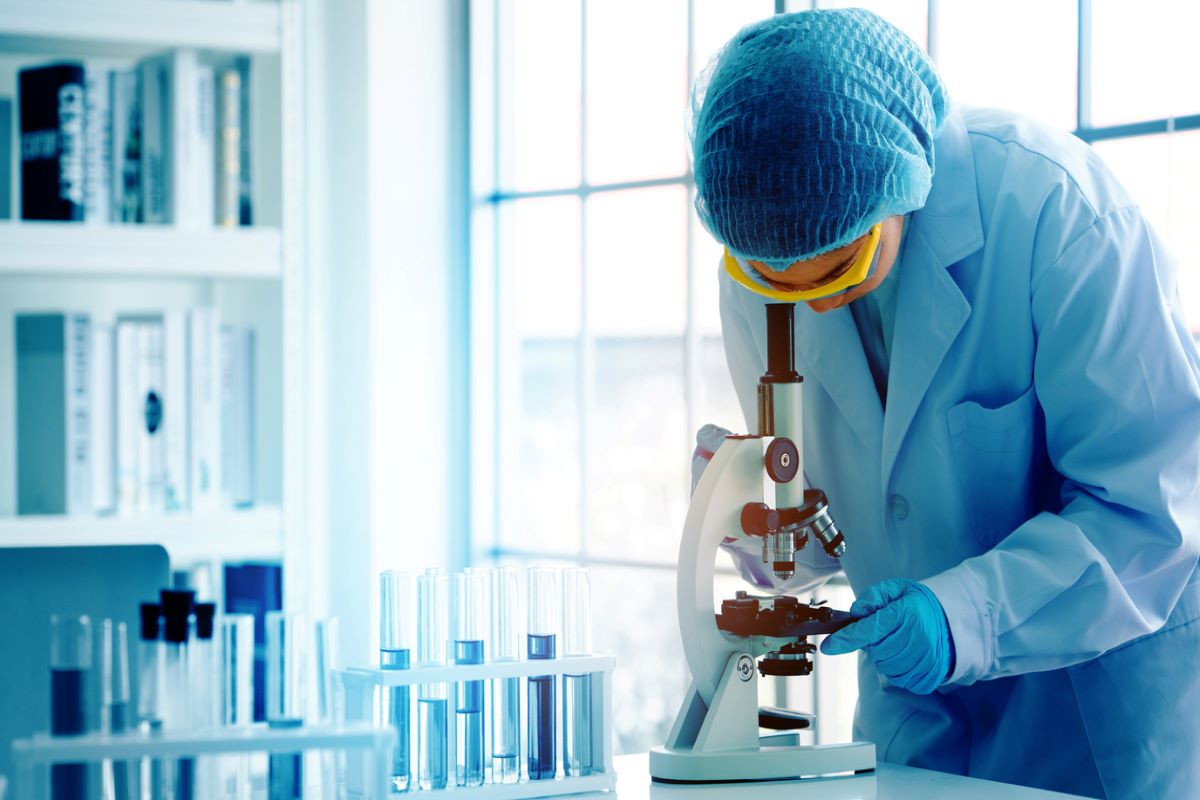Scientists find another clue to uncover secrets of ageing
In a bid to enhance our understanding of ageing, a team of scientists has uncovered the intricate mechanisms by which immunoglobulins influence the ageing process.
Chinese scientists with their counterparts from the U.S. have designed a drill-like, self-burying carrier that can significantly increase the success rate of aerial seeding in afforestation.

[Representational image /Photo: iStock]
Chinese scientists with their counterparts from the U.S. have designed a drill-like, self-burying carrier that can significantly increase the success rate of aerial seeding in afforestation.
Aerial seeding can quickly cover large and physically inaccessible areas to promote post-fire reforestation and wildland restoration. However, the germination rates are low, due to direct exposure of unburied seeds to strong sunlight, wind and grain-eating birds, as well as undesirable air humidity and temperature.
Advertisement
Inspired by a plant called Erodium that takes root by drilling into the soil, the researchers from Carnegie Mellon University, Syracuse University, University of Pennsylvania and Zhejiang University turned wood veneer into highly stiff actuators with an extremely large bending curvature and three tails, Xinhua reported.
The carrier has an 80 per cent drilling success rate on flat land after two triggering cycles, owing to the beneficial resting angle of its tail anchoring, according to the findings published in the journal Nature this week.
The biomimetic device is capable of carrying payloads of various sizes and contents including biofertilisers and plant seeds as large as those of whitebark pine, which are about 11 millimetres in length and weighs about 72 milligrams, according to the study.
The system can improve the effectiveness of aerial seeding, and has potential applications in energy harvesting, soft robotics and sustainable buildings, the researchers said.
Advertisement